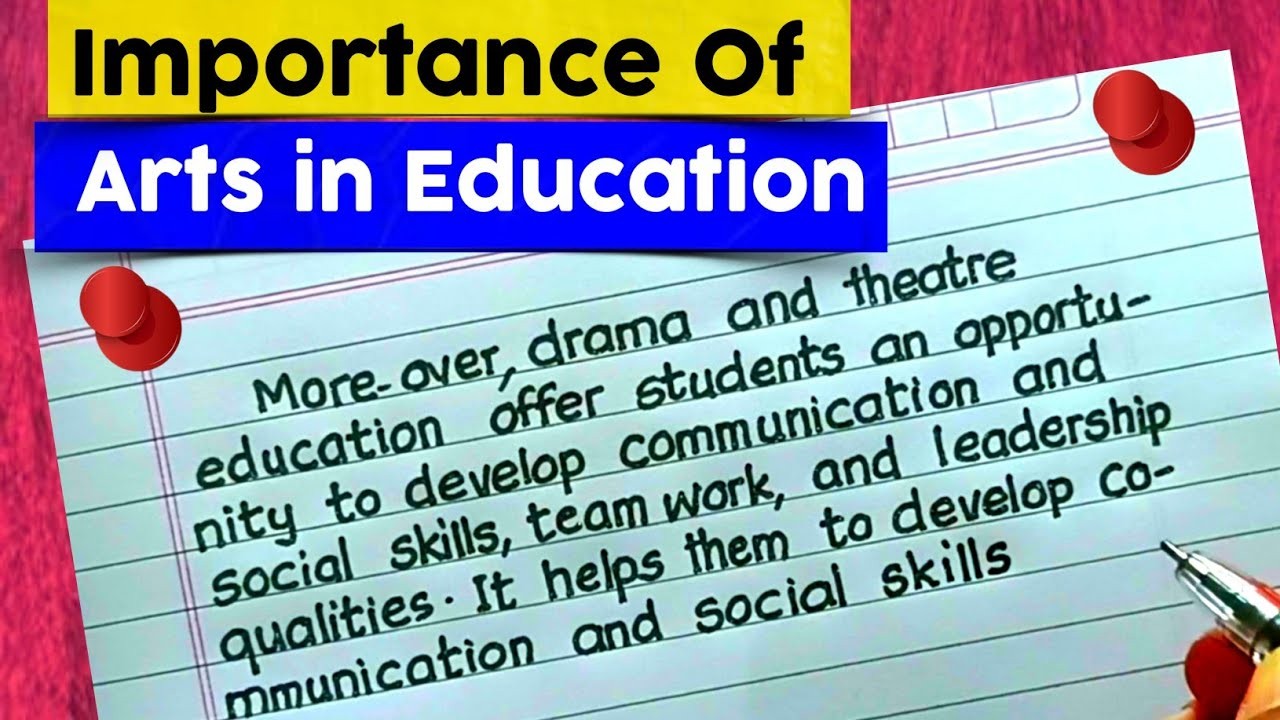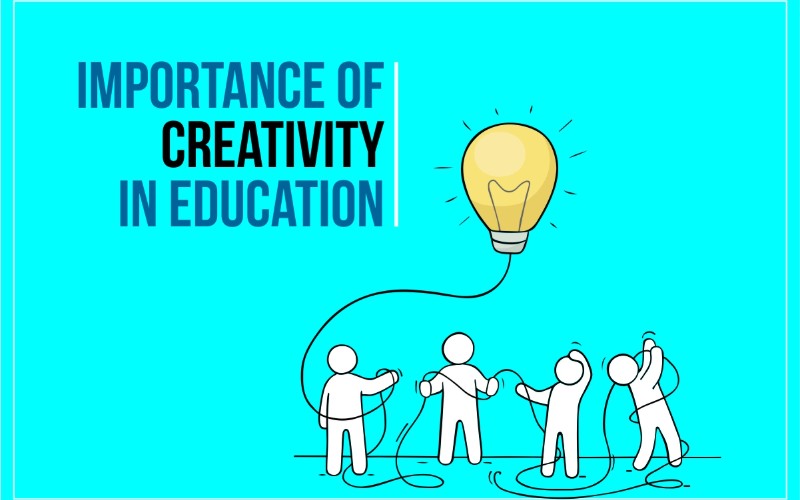The role of the arts in education has often been underestimated, viewed by some as supplementary to the so-called “core” subjects like mathematics, science, or literacy. Yet, research and real-world experience consistently reveal that the arts are not peripheral but central to developing well-rounded individuals equipped for success in life and work. Arts education nurtures creativity, critical thinking, and emotional intelligence, all of which are increasingly vital in a world where routine tasks are being automated and where innovation and adaptability drive progress. Far from being an indulgence, the arts provide essential tools for learning, expression, and problem-solving that extend well beyond the classroom.
One of the most significant contributions of the arts to education is their ability to cultivate creativity. In a business environment that prizes innovation, the ability to think beyond conventional boundaries is invaluable. Participation in music, theater, painting, or dance teaches students to approach problems with curiosity and imagination. A student designing a piece of visual art, for example, learns to consider perspective, color, and symbolism, but also develops the habit of experimenting, taking risks, and embracing unexpected outcomes. These skills translate seamlessly into the workplace, where creative problem-solving often determines whether a company can adapt to new challenges or fall behind competitors. The arts give learners a safe space to explore ideas, make mistakes, and refine their vision—an iterative process that mirrors the cycle of innovation in business.
Equally important, the arts encourage critical thinking and the ability to interpret complexity. Unlike subjects with clear right or wrong answers, the arts invite multiple perspectives. Analyzing a poem, evaluating a play, or interpreting an abstract painting requires learners to weigh evidence, consider context, and form reasoned judgments. This process trains the mind to be both analytical and flexible, skills that are crucial for leadership and decision-making. In the corporate world, leaders rarely face problems with straightforward solutions. Instead, they must navigate ambiguity, balance competing priorities, and anticipate unintended consequences. Arts education, by fostering the capacity to interpret and synthesize different viewpoints, helps prepare individuals for this type of nuanced thinking.
The arts also play a vital role in developing emotional intelligence. Through artistic expression, learners explore emotions, empathy, and human connection in ways that traditional academics rarely allow. Performing in a play, for instance, requires an actor to inhabit another person’s perspective, fostering empathy and a deeper understanding of human motivation. Similarly, music often evokes emotional responses that can bridge cultural and linguistic divides. These experiences build emotional awareness, self-expression, and interpersonal sensitivity—qualities that are increasingly recognized as critical for effective teamwork and leadership. In business, where collaboration across diverse groups is essential, the ability to empathize and communicate effectively often distinguishes successful leaders from merely competent ones.
Beyond personal development, arts education strengthens engagement and motivation in learning. Students who may struggle in traditional academic subjects often find confidence and joy in artistic pursuits, which can spill over into other areas of study. A learner who feels proud of their ability to create a song or contribute to a group performance gains a sense of accomplishment that boosts overall confidence. This sense of achievement makes them more willing to take on challenges in other subjects, reinforcing a positive cycle of learning. In this way, the arts not only enrich individual development but also enhance educational outcomes across the board by keeping students engaged and invested in their growth.
The integration of arts into education also provides practical skills that align with the demands of modern workplaces. Skills such as collaboration, communication, adaptability, and resilience are central to artistic activities. A dance performance, for example, requires precise coordination, mutual trust, and the ability to adjust in real time to unexpected changes. Similarly, producing a play involves project management, resource allocation, and teamwork—all under the pressure of a deadline. These experiences mirror the dynamics of professional projects in business environments, providing students with hands-on practice in skills that employers value highly. Far from being abstract or irrelevant, arts-based experiences prepare learners for the collaborative, fast-paced, and unpredictable challenges of professional life.
Technology has further underscored the importance of the arts by blending creativity with digital tools. Graphic design, animation, filmmaking, and digital music production illustrate how artistic and technical skills intersect in ways that are shaping entire industries. A strong foundation in the arts prepares students to navigate these hybrid fields, where creativity and innovation drive growth. Moreover, as automation and artificial intelligence increasingly take over repetitive tasks, the uniquely human qualities fostered by the arts—imagination, empathy, and storytelling—become even more essential. The future of work demands not just technical expertise but also the ability to envision, communicate, and inspire, all of which are cultivated through arts education.
Critics often argue that prioritizing the arts diverts resources from more practical pursuits, yet this perspective misses the larger picture. The arts do not compete with other subjects; they complement and enhance them. Studies have shown that students engaged in the arts often perform better academically, demonstrating improved memory, concentration, and problem-solving abilities. More importantly, the arts create lifelong learners by instilling curiosity and a love of discovery. These qualities are crucial not only in education but also in business, where adaptability and continuous learning are key to staying competitive.
Ultimately, the importance of the arts in education lies in their ability to develop the whole person. They nurture creativity, sharpen critical thinking, foster emotional intelligence, and build skills essential for collaboration and leadership. By integrating the arts into educational systems, we prepare students not only to excel academically but also to thrive in an increasingly complex and interconnected world. For businesses and organizations, this translates into a workforce that is innovative, resilient, and capable of seeing beyond the obvious to create new possibilities. Far from being a luxury, arts education is a necessity—one that shapes learners into adaptable, thoughtful, and creative contributors to society and the economy alike.





